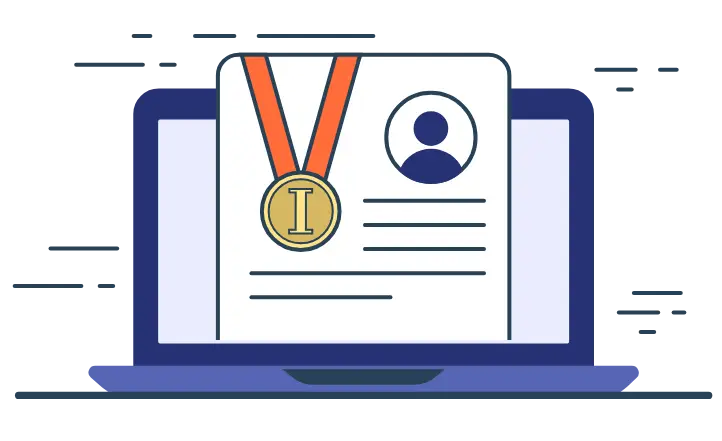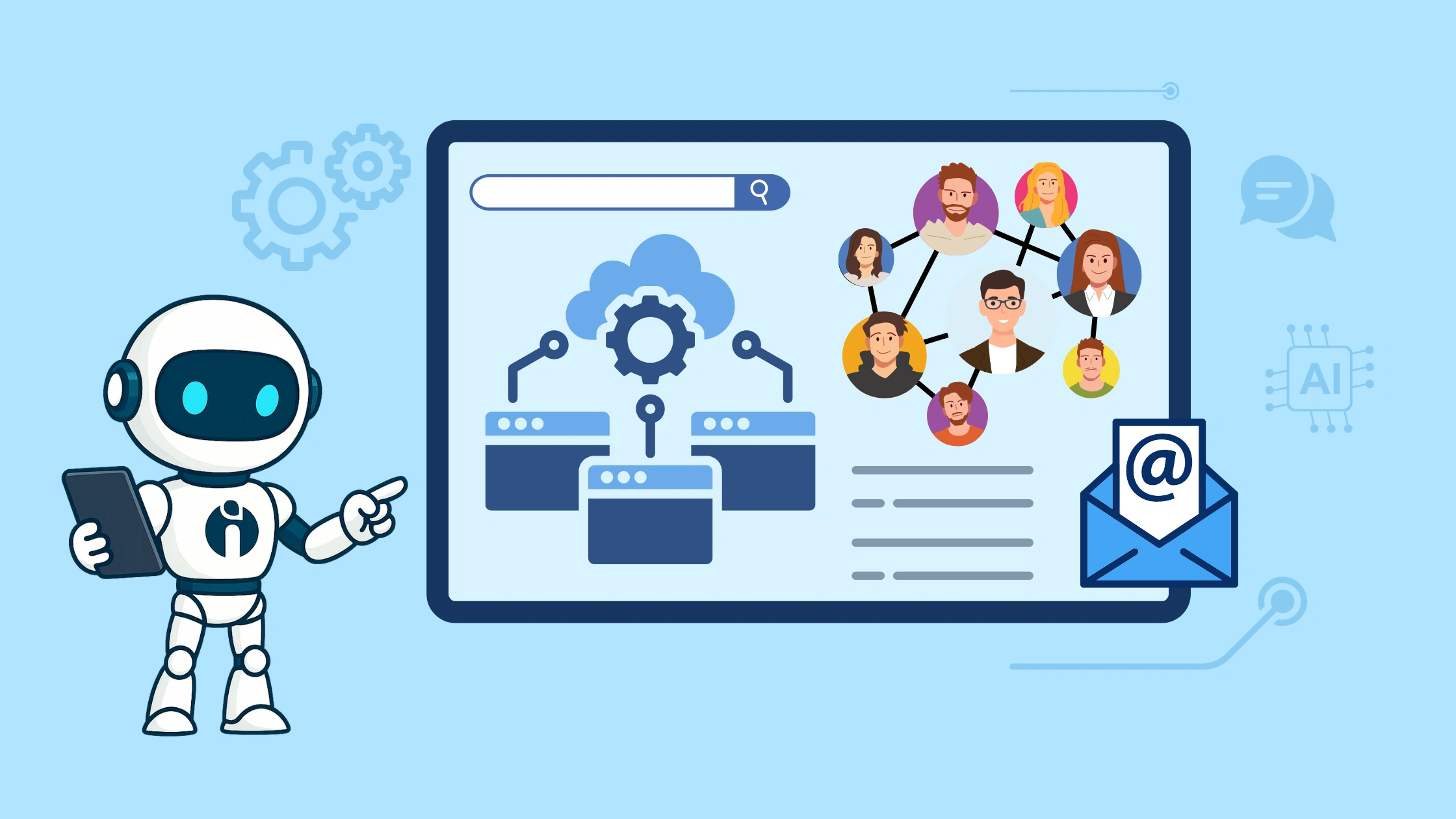TL;DR
- Internal hiring prioritises existing employees to fill vacancies, saving time and costs.
- Common internal hiring types include promotions, transfers, employee referrals, and converting temporary roles to permanent.
- It is best considered when company knowledge is vital, budgets are tight, or urgent hiring is needed.
- Best practices include having clear SOPs, transparent policies, and integrating hiring with employee development plans.
- Pros include saving time, retaining experienced staff, and reducing training costs, while cons include reduced fresh talent influx and potential workplace tensions.
- A balanced approach, sometimes combining internal and external hiring, is recommended for optimal results.
Since businesses switched from the traditional model to hybrid due to the pandemic, there has been an immense increase in job opportunities.
While this is great for professionals all across the world, it is also causing businesses to lose talent at an alarming rate. This is what we are calling "The Great Resignation," and it's wreaking havoc on the business world like nothing we've ever seen.
To keep the increasing attrition levels in check, companies are taking various measures like revamping their R&R methods, delivering better employee experience, offering compensation hikes, etc.
However, there still lies the gap in place of those who have already left or are planning to leave soon as part of the quick talent drain regime.
Posting publicly to fill the available vacancies surely looks like the way to go, but it’s time-consuming in a rapidly changing business environment. This is where the concept—or, should I say, a more practical solution—of internal hiring may come in handy.
If the term "internal hiring" has rung a bell in your head, let's take a look at what it means and how it has evolved.
What is Internal Hiring?
In simple terms, internal hiring or internal recruitment is the process where you give more preference to your existing employees to fill up a vacant position rather than sourcing new talents from outside the organization.
Instead of publishing the available vacancies in public forums, you circulate information about them amongst your teams either within a department or throughout the organization via internal communication channels/mediums. Thereby saving a lot of time, resources, and associated human effort compared to hiring externally.
Internal hiring isn’t only about filling vacant roles as it can be divided into these four categories-
1. Shifting from temporary to permanent payroll
As the point says, it’s mainly about upgrading an existing employee’s position from a temporary one to a permanent one, just like lifting someone serving as an intern and offering them a full-time position in the corresponding job role/department.
2. Promotions
Another format of the recruitment process is promotion. Here, the permanent employees are uplifted from their current job roles to a higher ones with additional responsibilities complemented by better pay & other benefits.
This category of an internal hiring process is the one that employees mainly look forward to when their professional goals align with the organization’s motives.
3. Employee referrals
This internal recruitment model is where suitable leads or candidates for a job role are gathered from the existing employees. In this scheme, HR managers can leverage the professional connections of their internal employees to connect to and recruit the best candidates.
4. Transfer
In this mode, the existing employees’ are either sent to a different work location to fulfil a similar job role or to another department within their current work location where they could be assigned a matching role or something new.
Why & When to Consider Internal Hiring?
It won’t be wrong to say that the answer to this question is still a topic of discussion for many HR and business leaders. Usually, whenever there’s a vacant role lying around, companies tend to look for or attract potential candidates from the outside.
It has got numerous pros, but for why you should also focus on hiring internally, I present with a strong opinion.
You’ll surely find someone who is experienced in multiple disciplines and has the potential to bring new verticals to the business. However, at the end of the day, you should also see that your business sticks to the core goals that you and your existing employees have worked for over the years.
At the same time, as a responsible business leader, you should present your employees with ample opportunities to develop and grow their careers within the organization.
Further, it’s the trust factor that comes to play. You’ll trust those who have shown their mettle working for the organization and have played a key role in its growth.
Coming to the next part of the question, when should you consider hiring internally?
There are various instances where internal hiring could be the most viable option for filling job vacancies at your workplace.
Instance 1 - If the position involved requires a great amount of internal company knowledge.
Instance 2 - If you have a tight budget for hiring and onboarding fresh or experienced employees from outside the company.
Instance 3 - The qualifications required for the vacant job role are already present amongst most employees within the existing workforce.
Instance 4 - You already have enthusiastic talents from your existing workforce who are willing to take up the vacant position and prove their mettle yet again.
Instance 5 - When filling up the vacant position is the need of the hour without having much time to explore talents externally.
Now that you know when to consider let's look at the best practices to follow during internal hiring.
Internal Hiring Best Practices to Follow
Hiring from within the existing workforce can be tricky if not dealt with properly. Any wrong move and you might end up losing your best talents. For this reason, I’m noting down some of the best practices that you can consider when planning to hire internally.
1. Have a proper SOP for internal hiring
Many HRs commit the mistake of handing out a role to an employee of their choice or someone referred from the top during internal hiring.
This is indeed a wrong move, as it might create resentment amongst the other employees and present a negative image of the management. To avoid such situations, it’s always better to form an internal hiring committee and draft the necessary rules.
You must also make sure that the policy created is well-communicated within the workforce and that their concerns are considered for revising the policy if required.
2. Define the recruitment strategy beforehand for all the stakeholders
As an HR professional or a business leader, you’ll always want to welcome fresh talents for the available roles. However, if people with adequate qualifications for those roles are readily available within the workforce, you might have to choose whom to prioritise.
You can choose to keep the job vacancy visible to both public and internal prospects. If the job role is newly introduced, it should be mostly meant for someone experienced or a fresher from outside the organization. Thereby, you should clearly define how you wish to proceed, considering the various criteria for attracting, engaging, and retaining the best talents.
3. Make it a part of your employee L&D scheme
Employees and job seekers value organisations that support their career growth and are always willing to give their best to achieve more.
Having said this, it would be a better plan if you could come up with an internal succession policy that would work in tandem with your L&D scheme. This way, you can help your employees to upskill themselves and, at the same time, prepare them for future job roles within the organisation.
4. Keep it transparent and fair
One of the underlying principles of a successful internal hiring process is that you ensure that everyone is given a fair chance and that there are no hidden terms or conditions.
One way of achieving this is by creating an inter-departmental hiring panel that comprises participants both from employees and the management side. Thus, making sure that the candidates are gauged equally based on their talent, work experience, and willingness to take up the new charge.
5. Encourage internal employee referrals
Using Talent Acquisition Platforms like Applicant Tracking Systems (ATS) helps internal HR teams to manage and create fruitful employee referral campaigns.
Employee referrals are one of the most effective ways of finding suitable candidates for available job roles. This method works well for both internal and external hiring strategies.
E.g., there’s an empty role in the department, so you can take references from everyone working there about who could be fit for the position amongst them. Similarly, you can also notify the managers to refer the best candidate from their respective teams, who can then participate in the due process and claim their next position.
Now moving ahead to the pros and cons of internal hiring.
Pros of Internal Hiring
1. Saves time
Picking candidates right from the current workforce to fill a position can help you save time compared to searching for anyone from the outside. This is mainly because it cuts down the clutter of marketing the job role and screening and onboarding external candidates.
2. Helps in retaining experienced employees
Internal hiring could be a go-to process as part of your retention strategies to stop experienced employees from leaving your organisation by offering them a new challenge complemented by better pay and benefits.
3. Keeps the employees motivated
Employees find a purpose to go the extra mile when they realise the future positions they can achieve working for the organisation.
4. Can help reduce the finance associated with training and hiring
Hiring someone from within the organisation immensely helps you bring down the cost of training and hiring compared to some external prospects.
Cons of Internal Hiring
1. Hinders the influx of fresh talent
One of the biggest drawbacks of internal hiring is that it blocks fresh talents from entering the organisation, adversely affecting the diversity and inclusion principles currently in focus in the corporate world.
2. Reduces the chances of generating new ideas and perspectives
Since the employees are hired from within the organisation, they might have a hard time coming up with new ideas or visualising things with a different perspective compared to external prospects.
3. It might negatively affect workplace relationships
Suppose an employee from a team is promoted or shifted to some role that puts them in a better position. In that case, it might invite negative emotions from the other team members, which would put their overall performance in jeopardy.
Conclusion
This article is aimed to provide you with an overview of the basic things that you need to take into account if you ever think about practising internal hiring in your organisation.
Though internal hiring has its benefits, you shouldn’t overlook the cons if they coincide with the organisational requirements. Moreover, if you wish to implement it, I would advise you to start with a pilot project where you keep the job role open for both external and internal prospects until you can get a clear picture of who can perform better.
FAQs - Frequently Asked Questions
What is internal hiring and why is it important?
Internal hiring is the process of filling job vacancies with existing employees rather than recruiting externally. It saves time, reduces costs, and helps retain experienced talent, making it an essential strategy for organisational growth and stability.
When should a company consider internal hiring?
Companies should consider internal hiring when the role requires deep company knowledge, budgets are tight, or when there are enthusiastic employees ready to take on new challenges. It is also ideal when urgent hiring is needed without time for external searches.
What are the main types of internal hiring?
Internal hiring includes shifting employees from temporary to permanent roles, promotions, employee referrals, and transfers. Each type helps fill vacancies efficiently while motivating employees and utilising existing talent.
How can internal hiring affect workplace morale?
When done fairly and transparently, internal hiring can boost morale by offering career growth opportunities. However, if managed poorly, it might cause resentment among employees, harming team dynamics and overall performance.















.webp)

